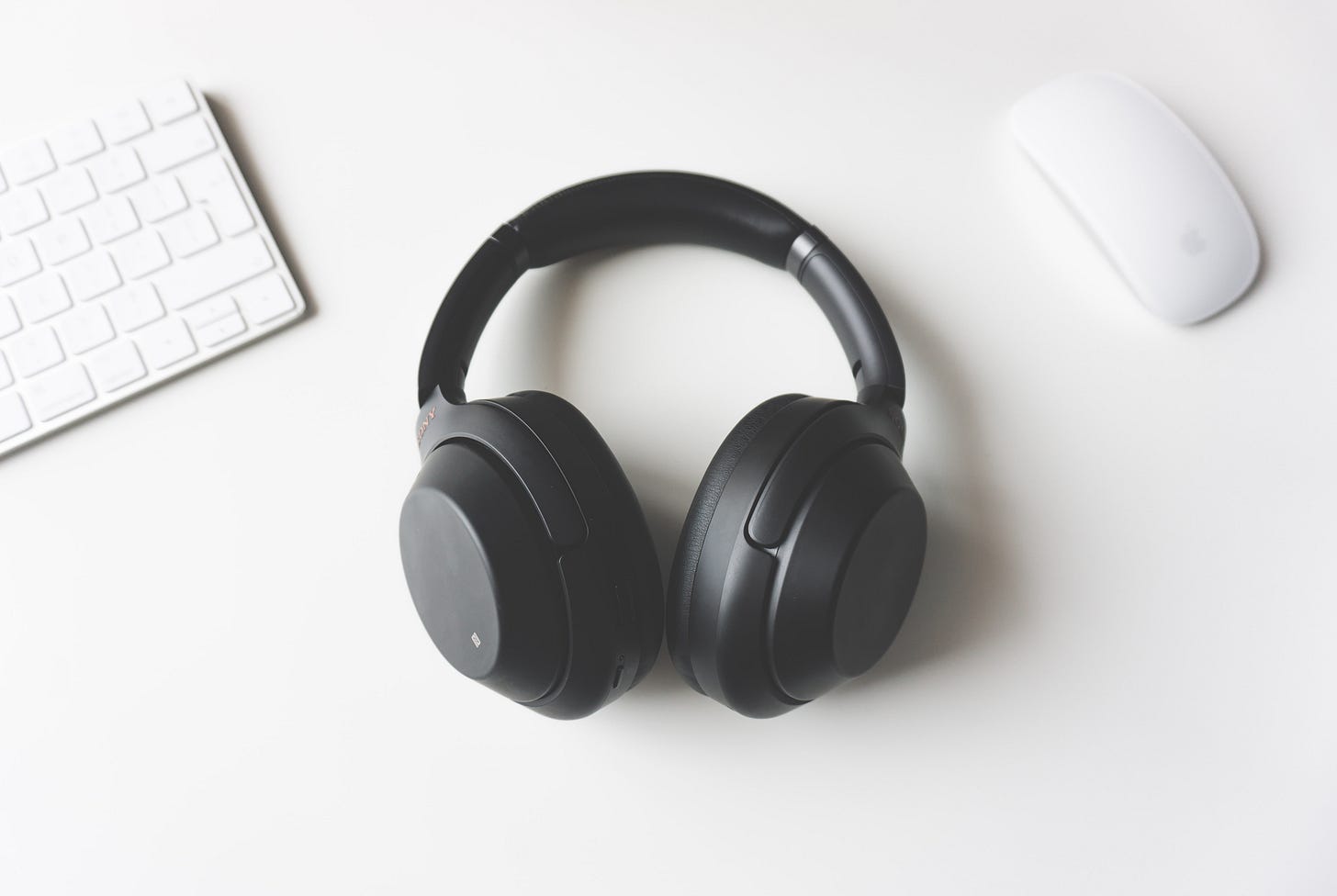A Few of My Favorite Sound Effects
One of my favorite things about gadgets is the sounds they make. Having a phone with a fast processor is fine, and a big screen is nice - but can you make it sound like a frog? A video game? A wind chime?
On my phone, there’s a dedicated “Pixel Sounds” app that offers ringtones with names like “Game On” (which sounds like a boss battle in a Game Boy game), “Zen Too” (chimes) and “The Cat’s Meow” (exactly what it sounds like). It’s an eclectic mix, but the sounds are consistently polished, upbeat, and playful. They sound like Google’s illustrations look.
Sometimes big-name musicians get involved. Ambient musician Brian Eno composed the Windows 95 startup sound, and more recently Philip Glass composed audio branding for Sonos. Other times, the composers and producers remain anonymous. Where did Slack’s “tap-tap-tap” notification sound come from? I have no idea, but I have the urge to check my DMs every time I hear it.
Sometimes we turn the sound off - and that’s okay too! I like to think of sound design as another layer of meaning and personality in the UI. Design for Hackers shows a basic layout that uses one font size, white space, and nothing else. Then the author adds color, font weights, lines, and elements. All those goodies are great additions, but they’re all built on a foundation of content and composition. If you’re color-blind, or the sound is off, that’s okay - that foundation still communicates the essentials.

Not everything needs sound effects, of course, but bad sound design can be incredibly grating. For a while, Samsung phones made this awful “drip” noise every time the user tapped a button. Some Linux distributions play a similar noise when there’s a notification. Others - much to my relief - play a gentler “thud” sound.
I think the difference between a pleasant sound and a grating one has to do with whether the sound matches up with what’s actually happening. In music, there’s this idea of a “gesture,” a sound that communicates a certain meaning. It could be the squeak of a door opening or the tap-tap-tap of someone walking down the hall. Have you ever used an Instant Pot and heard the little tune that it plays when you seal or open? Notes going from high to low indicate that it’s sealed, and notes from low to high indicate that it’s open. That little jingle helps the user confirm that they’ve sealed the pot correctly, and it’s also playful and fun. It even shows up in the company’s TV ads!
The same idea applies with notification sounds. The gentle “tap-tap-tap” of a Slack notification makes me think of someone tapping on a doorway to get my attention. The gesture lines up with the message that’s being communicated. On the other hand, a drip sound doesn’t quite make sense for a notification. People don’t make drip noises when they want to get your attention. Maybe it’s just because I live in an old house, but the sound of a drip makes me think of something leaking that I have to fix right now before it floods the basement.
I’m pulling these examples from my everyday life because I’m not sure where else to get them. I love reading about how industrial designers create physical objects - Ivy Ross’s work with Google and Smart Design’s work with Oxo are some of my favorites. Where are the profiles of sound designers? Where are the case studies on how sound design sparked delight, or saved time, or kept people safe?
I believe that sound design is just as crucial as graphic or industrial design. Let’s celebrate the people who create the beeps and taps and melodies that bring our gadgets to life.



